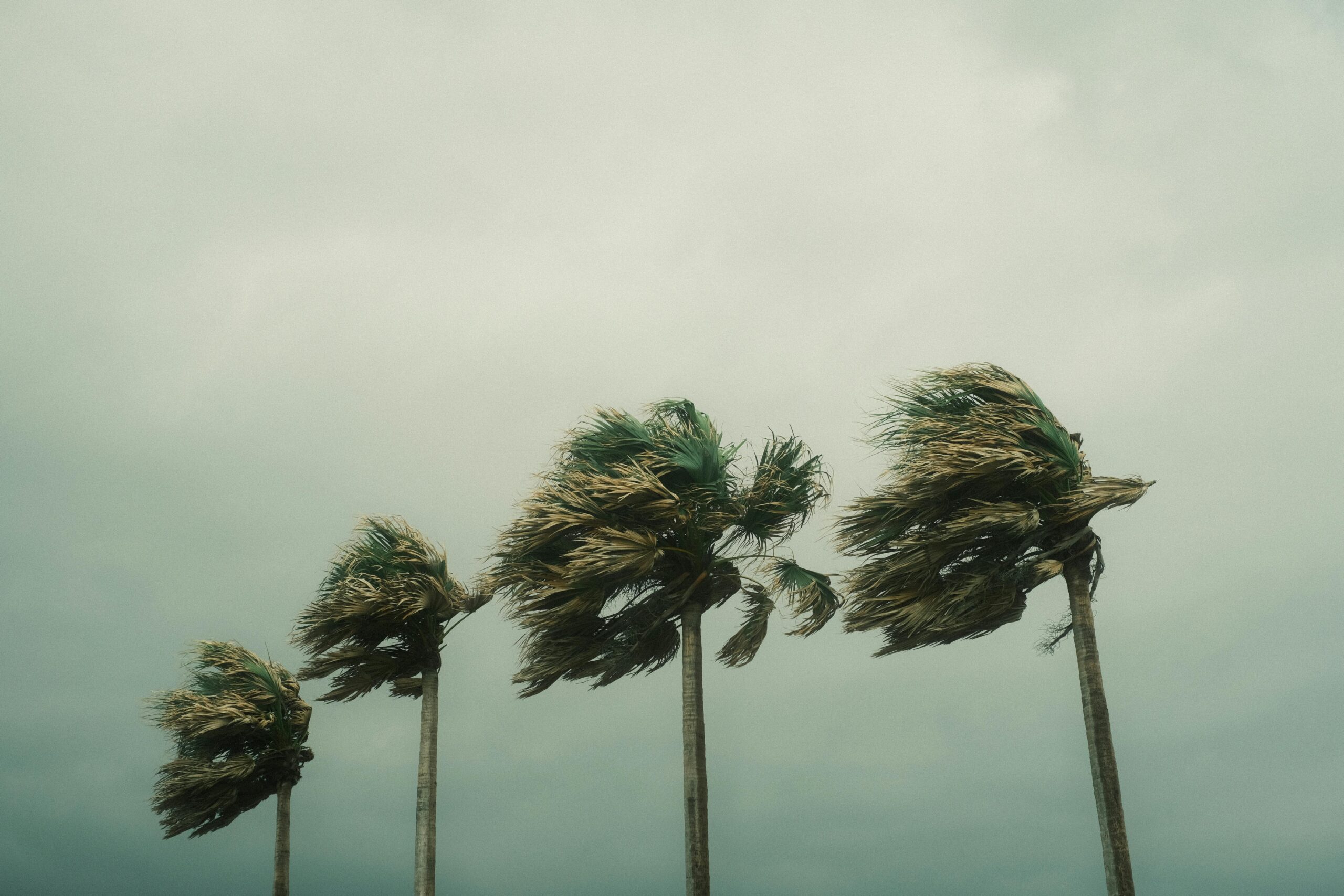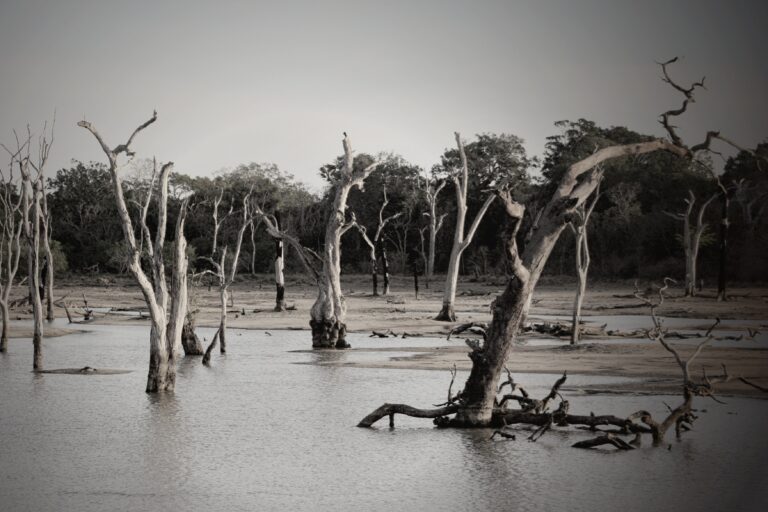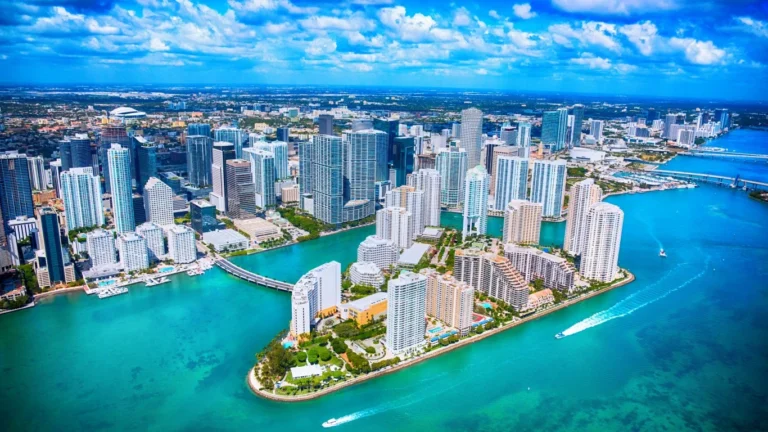Miami Could Not Survive Hurricane Beryl

Hurricane Beryl, which developed into a Category 5 hurricane earlier than any date in the history of Atlantic storms, had sustained winds of over 157 miles per hour. The Saffir-Simpson Hurricane Wind Scale describes the effects as “A high percentage of framed homes will be destroyed, with total roof failure and wall collapse.” It did not go near any major city. What if it hit one the size of Miami?
Hurricane News –A Threat To Houston From Beryl
The warming Atlantic increases the likelihood of storms as powerful as Beryl and the number of hurricanes each season.
The wind speed load for houses built after 2010 is 175 MPH, so many structures built after that might avoid catastrophic damage in a Category 5 hurricane. However, many structures in the Miami area are much older than that. Trees and other objects would be uprooted at speeds much lower than 175 MPH. A study of risk factors in high winds in the Miami areas also says risks for structures near the water are much higher than those well inland.
High Rises Damaged
High-rise buildings would be a greater risk than many homes. Five Thirty-Eight pointed out, “ And despite the use of stronger materials, Hurricane Wilma (a Category 3 storm when it hit the U.S. in 2005) destroyed windows throughout Miami’s downtown high-rises in upper floors.”
Several pieces of research show that as much as 60% of Miami would be underwater if seas rise two feet. One study shows that a Category 5 Hurricane causes a 19-foot storm surge based on mean high tide. Seas that high would flood a huge amount of Miami
Beryl would wreck Miami.
More from ClimateCrisis 247
- Tampa Real Estate Continues To Fall As Miami Softens
- Climate In A Bottle
- New York City’s Major Trash Problem
- Banana Prices Jump Higher






